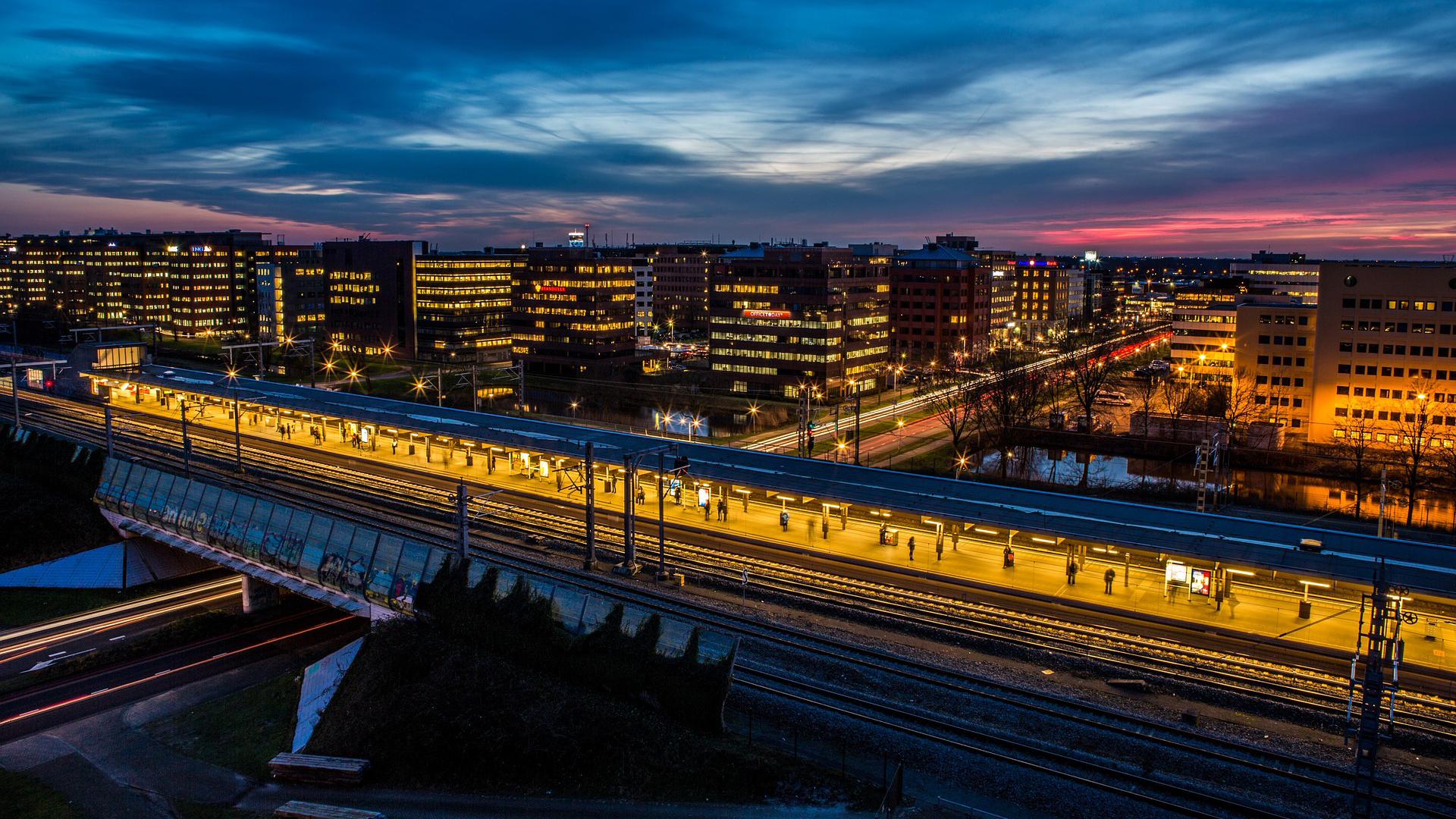There was a time when new railway lines and motorways determined where urbanisation took place. Although that influence still exists, it is much less significant than it was. The fact that transport policy in recent decades has been backed up by strong spatial policy therefore makes perfect sense. Thanks to this, urban development has ensured support for public transport and bicycles and prevented greater dependence on cars. This is the case made by the research conducted by doctoral candidate Dena Kasraian.

The main reason for the declining influence of infrastructure on urbanisation is the fact that the networks of railways and motorways are already virtually complete. New connections do not add nearly as much as they used to. “Well-coordinated policy on infrastructure and spatial planning still really matters, because developments of this kind have an influence on the way people travel for decades”, argues Dena Kasraian. For her doctoral research, she studied the Randstad area of the Netherlands, partly covering the period since 1850, partly since 1960, but focusing in most detail on the period from 1980 to 2010. Her research encompassed trains (including light rail), cars and bicycles.
Successful policy
The results show that although policy on spatial planning and infrastructure had a real influence on the issue of where urbanisation happened in the Randstad, the most important factor determining further urbanisation was the proximity of existing urban areas. New urban areas developed alongside existing urbanisation. “It is important to understand that policy on spatial planning and infrastructure can continue to have an effect for a long time: locations designated as areas for urbanisation continue to grow long after alternative policies have been introduced. This result is not only of interest to Dutch policymakers, but also for similar regions elsewhere, including the Ruhr area in Germany, the Flemish Diamond (Vlaamse Ruit) and urban regions in the United States. The message applies equally to them: continue with Transit Oriented Development (TOD) and Smart Growth; after all, spatial planning and relocation by residents are rarely easily reversible.”
Randstad residents drive less
Kasraian concludes that the Dutch post-war urbanisation policy may have taken various forms ('bundled deconcentration' and growth cores, so-called VINEX housing developments, compact cities) but it did prove successful. In recent years, it has successfully slowed down urbanisation in undesirable places and probably also limited transport distances. “There are some clearly identifiable trends. Since the mid-1990s, Randstad residents have been travelling shorter distances by car. Older people have also started cycling more and making greater use of the train. Where you live also seems to play a role: one of the results is that residents of suburban areas travel less by train, but use a bicycle more. In that period, half of Randstad residents travelled less than 25 km per day.” This is fertile ground for the electric car and bicycle, she believes.
Unique approach
Dena Kasraian's research is unique, because she was able to interpret the influence of railway lines and roads on the use of space and analysed residents' travel behaviour over a period from three decades to one-and-a-half centuries based on extensive statistical processing of a rich collection of spatial data. The unique selling point of this research is the long period that it covers. “There are very few studies of transport networks, urbanisation and travel behaviour that take account of such long periods.”
